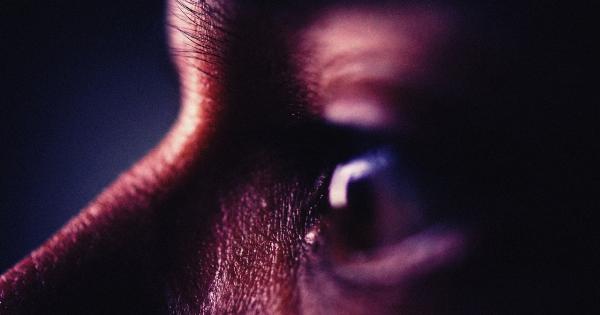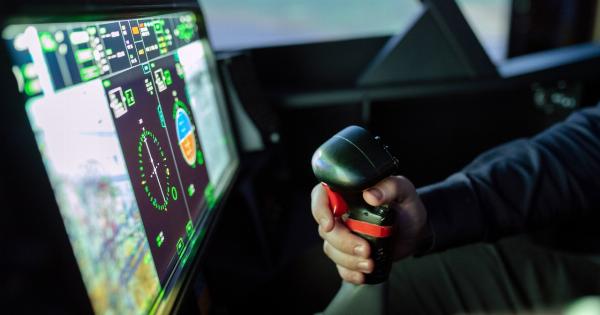For decades, dogs have been regarded as man’s best friend, thanks to their loyalty and affection. However, their usefulness goes beyond just being a companion and guard.
Dogs have exceptional senses that can be trained to perform various tasks, including detecting cancer cells in humans. A dog’s ability to detect smells is an undisputed fact, and several studies have confirmed that they can accurately smell certain diseases. In this article, we will discuss how dogs provide accurate cancer detection using their sense of smell.
How do dogs detect cancer?
Dogs rely on their sense of smell to detect different odors, and cancer cells have a distinctive scent that can be identified with the right training.
They can detect various forms of cancer, such as lung cancer, prostate cancer, breast cancer, and ovarian cancer, among others. According to research, dogs can detect cancer by smelling a person’s breath, urine, and sweat. When a person has cancer, their metabolic processes change, leading to the release of volatile organic compounds, which a dog’s nose can detect.
Studies on dogs’ ability to detect cancer
Several studies have been conducted to test dogs’ ability to detect cancer, and the results have been impressive.
In one study conducted in Germany, researchers trained eight dogs to detect lung cancer by smelling the breath of 220 individuals, including 110 lung cancer patients and 110 healthy individuals. The dogs correctly identified 71 samples as cancerous out of the 100 known samples provided, and 372 out of 400 samples were correctly classified as either cancerous or healthy.
In another study conducted in Japan, researchers trained a Labrador retriever to detect colon cancer by smelling breath and stool samples. The dog correctly identified the cancer with a 98% accuracy rate.
Similarly, another study in Italy reported that dogs could detect ovarian cancer by smelling tissue samples with a 98% accuracy rate.
Limitations of using dogs for cancer detection
Although dogs’ ability to detect cancer is impressive, there are some limitations in using them for cancer detection.
Firstly, training a dog to detect cancer is a time-consuming and expensive process, and not all dogs have the ability to undergo cancer detection training. Secondly, dogs’ accuracy in detecting cancer varies depending on the dog’s breed, training technique, and the type of cancer.
Thirdly, dogs’ sensitivity and accuracy may be affected by the handler’s or the dog’s tiredness, stress, and other environmental factors.
The future of using dogs for cancer detection
The use of dogs for cancer detection is still in its early stages and requires further study to make it practical and widely adopted.
However, researchers are exploring various ways of improving the process, such as using artificial intelligence to identify the volatile organic compounds that dogs smell when detecting cancer. Combining dogs’ sense of smell with advanced technology will increase the accuracy and efficiency of cancer detection, making it easier, faster, and cheaper.
Conclusion
Dogs’ sense of smell is a remarkable ability, and their potential to detect cancer is an exciting discovery in the medical field.
Training dogs to detect cancer is an effective and non-invasive screening method that could save lives by detecting cancer at its early stages. While there are some limitations in using dogs for cancer detection, continued research and advancements in technology could result in a more dependable and efficient method of cancer detection.
It’s undoubtedly a win-win situation for both humans and their four-legged companions.


























